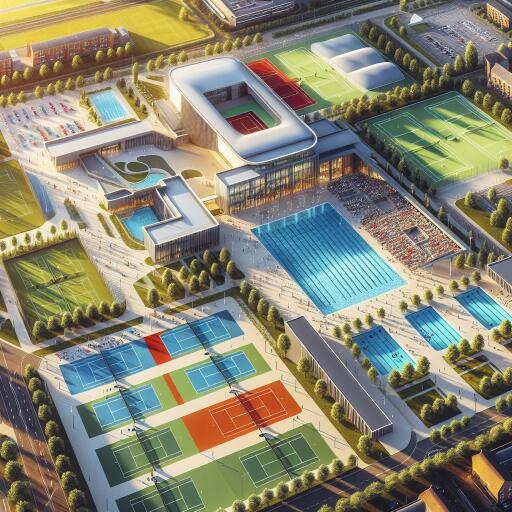Understanding Local Authority Sports and Leisure Facilities: A Comprehensive Guide
Local authority sports and leisure facilities, encompassing a wide range of establishments such as sports centres, tennis courts, swimming pools, and leisure centres, play a pivotal role in promoting community health, fitness, and well-being. These facilities are not only venues for physical activities and sports but also serve as community hubs where individuals of all ages can come together to engage in various recreational activities.
Evolution and Influence
In recent years, these facilities have seen significant developments influenced by several key factors:
- The 2012 Olympic Games in London brought about the construction and adaptation of significant facilities across the UK, leaving a lasting legacy in the form of enhanced sports and training venues.
- Design and size standards have evolved, guided by updated guidelines from Sport England and sport-specific bodies, impacting the recommended design size of new and existing centres.
- A trend towards charitable trust management has emerged, allowing local authorities to leverage fiscal advantages while benefiting from the expertise of specialized operators.
- Despite budget constraints, the building of new sports centres and swimming pools has continued, propelled by the Olympic legacy and available grants.
- An increase in gym/fitness facilities within these centres has been observed, significantly enhancing income streams and subsidizing other activities.
These factors have collectively shaped the landscape of local authority sports and leisure facilities, making them more versatile and accessible to the public.
Valuation and Operational Considerations
The valuation of these facilities for rating purposes typically follows the contractors’ basis, a method that remains consistent with prior approaches. This consideration includes accounting for the gross internal area (GIA) of pools and facilities, factoring in adjusted guidance on design and construction costs.
External works and ancillary features like car parking and lighting are also meticulously evaluated, ensuring a comprehensive overview of a facility’s value and operational needs.
Moreover, age and obsolescence allowances are applied to account for the varying conditions and lifespans of these facilities, with specific adjustments made for centres of exceptional quality or design. Land value and excess running costs are other crucial considerations, highlighting the complex nature of managing and maintaining these community assets.
The Role of External Sports Facilities
In addition to indoor spaces, local authority leisure facilities often include external sports provisions like tennis courts and pitches. These areas require separate valuation and consideration regarding their condition, lighting, and associated external works. Such comprehensive analysis ensures these outdoor spaces are adequately valued and contribute to the overall functionality of the centre.
Community Impact and Future Directions
Local authority sports and leisure facilities significantly impact community health, fitness, and social cohesion. By providing accessible and versatile spaces for physical activity, these centres play a crucial role in fostering a sense of community and well-being among residents. Looking ahead, the ongoing evolution of design standards, operational models, and technological advancements will continue to shape the future of these indispensable community assets.
As we move forward, the focus will remain on enhancing accessibility, promoting sustainability, and adapting to the evolving needs of the communities they serve. The legacy of the 2012 Olympics, alongside continued investment and innovation, suggests a bright future for local authority sports and leisure facilities across the UK.
